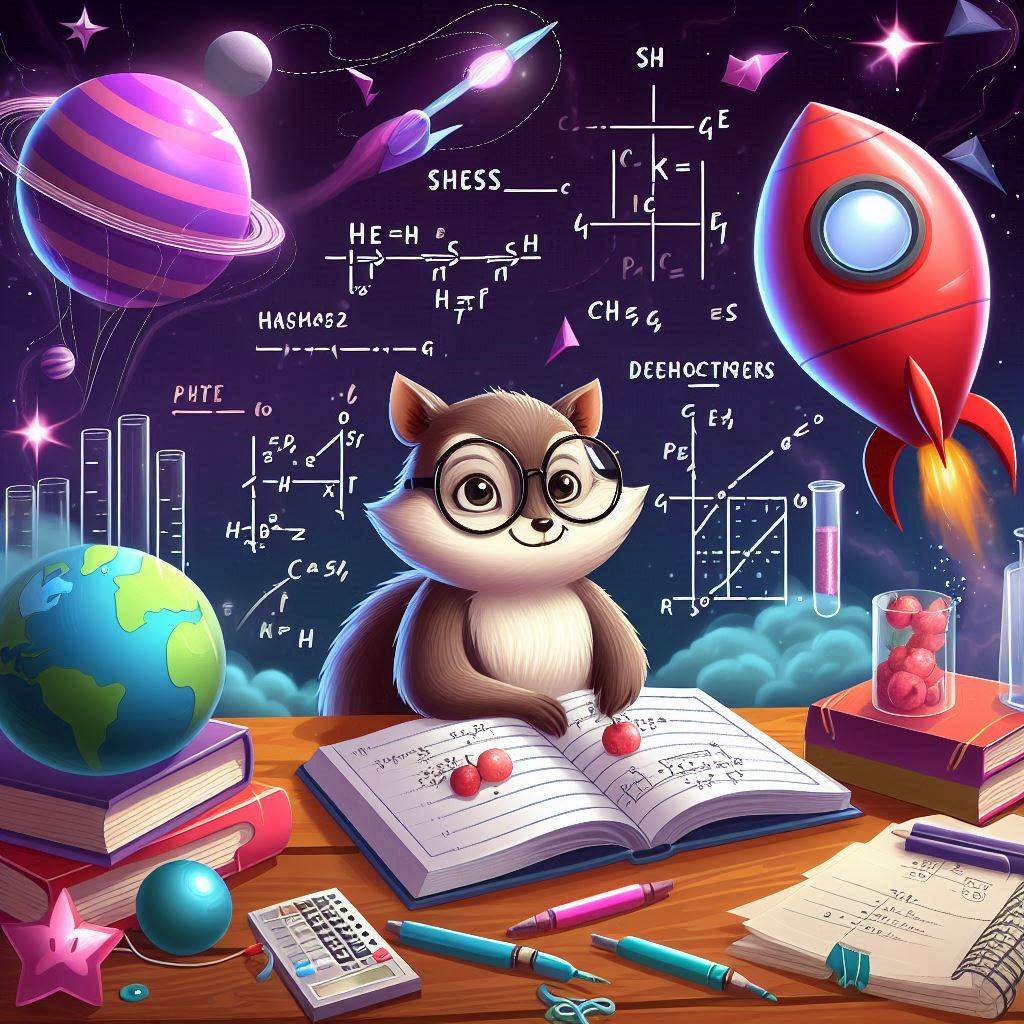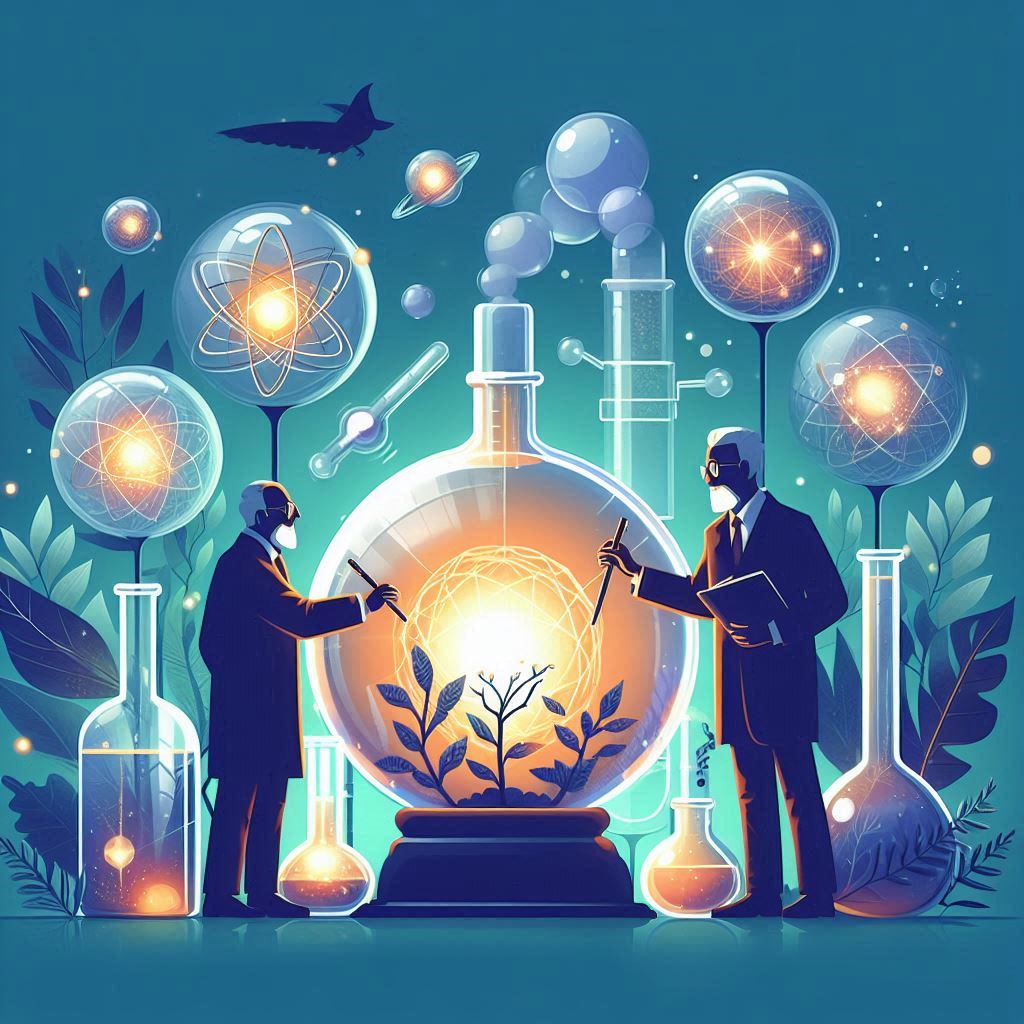Introduction:
Solving NEET physics problems requires a combination of conceptual understanding, problem-solving skills, and practice. In this blog post, we'll share some valuable tips and strategies to help you master NEET physics problems and achieve success in the exam.1. Understand the Concept:
Before solving a problem, make sure you understand the underlying concept. Review the relevant topic and notes to ensure clarity.2. Read the Question Carefully:
Read the question carefully, paying attention to the given information, what's being asked, and the units.3. Identify the Unknown:
Identify what's unknown and what's given. This will help you choose the right formula and approach.4. Choose the Right Formula:
Select the relevant formula and apply it correctly. Make sure to check the units and dimensions.5. Simplify and Substitute:
Simplify the given information and substitute the values into the formula. Make sure to follow the correct order of operations.6. Solve and Calculate:
Solve the problem step-by-step, using the correct formulas and calculations.7. Check Units and Dimensions:
Ensure the final answer has the correct units and dimensions.8. Practice, Practice, Practice:
Regular practice helps build problem-solving skills and boosts confidence.9. Use Online Resources:
Utilize online resources, such as video lectures, tutorials, and practice papers, to supplement your preparation.10. Review and Analyze:
Review your mistakes, analyze your performance, and focus on improving weak areas.
Additional Tips:
- Use diagrams and graphs to visualize the problem
- Break down complex problems into simpler ones
- Use dimensional analysis to check units
- Practice mixed-topic questions to simulate the exam experience
Conclusion:
Science is not just a subject in school; it's an integral part of our daily lives. By recognizing how scientific concepts impact our experiences, we can appreciate the beauty and complexity of the world around us. Embracing science in real-life scenarios fosters curiosity, critical thinking, and innovation, leading to a better understanding of ourselves and the world we inhabit.Mr.Sathish Kumar
Department of Physics
You may also like
Related posts
-
Cracking Neet
Physics:Strategies And Tips For Success
-
Breaking Down Complex Concepts:
Unraveling The Mysteries
-
Exploring Chemical Reactions:
Tips and Resources for Senior Secondary Chemistry Teachers


